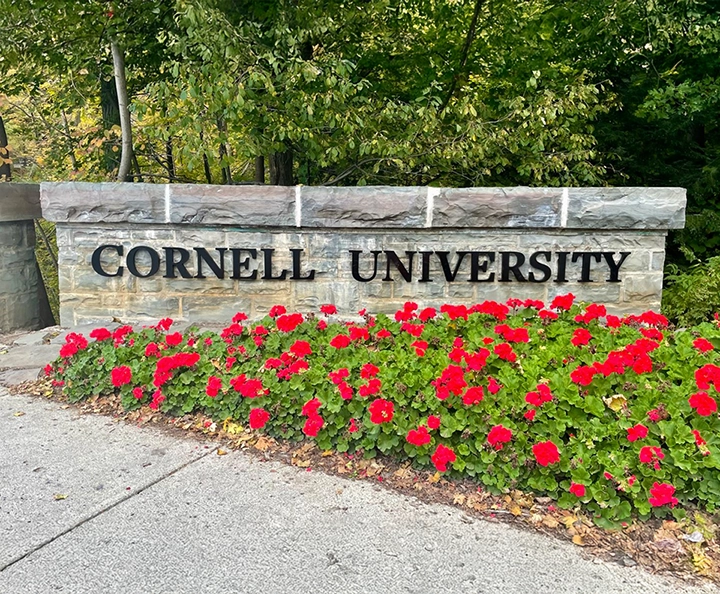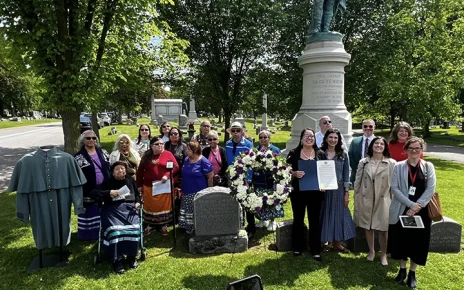June 2, 2025 | By Mathew Adams | Repost from 607newsnow.com
ITHACA, NY – Big Red researchers will set out to solve the “Seneca Drums” mystery.
Cornell University and SUNY ESF have received nearly $13,000 in state funding to study holes found at the bottom of Seneca Lake.
They’re trying to determine if the release of gas and chemicals can explain the loud booming sounds heard for centuries, and if so, how they affect water quality. Described as distant cannon fire, and with no shortage of theories, settlers first learned of the drum legend from the native Iroquois, who believed it was a curse from their deity, the Great Spirit.
According to FingerLakes.com, the Seneca believe the booming sounds began after the Great Spirit “swallowed up” Agayenthah, the tallest and bravest warrior. During a thunderstorm, Agayenthah took refuge under a tree on the shoreline while hunting a bear. The legend says lightning struck the tree, which plummeted into the lake along with Agayenthah. The next day, the Senecas heard the drums for the first time, which they believed was a curse from the Great Spirit for Agayenthah’s violation of sacred hunting codes.
Other interpretations of the sounds over the years include evil spirits living in the lake, signals from the God of Thunder, the drums of ancestors, and the drumming of a soldier from the Revolutionary War, “whose actions taken against the Iroquois caused him to lose his way forever, searching for his regiment.”
Since the early 1930s, scientists have maintained that the sound is a result of natural gas escaping from a layer of sandstone and coming up through the lake. Additionally, they point to the decrease in occurrence in recent decades, surmising that nearby natural gas field developments and salt mining have provided other outlets for release.
The grant money for the project comes from the DEC and the New York State Water Resources Institute. It was part of $371,000 announced in May for eleven different projects across the state.
“Protecting the health of New York’s critical watersheds will help ensure that aquatic habitats continue to thrive, and communities are better prepared to withstand severe weather impacts along their shorelines,” said DEC Commissioner Amanda Lefton. “DEC’s partnership with the New York State Water Resources Institute at Cornell University is advancing valuable research and education projects that will support managing and protecting New York’s watersheds.”




